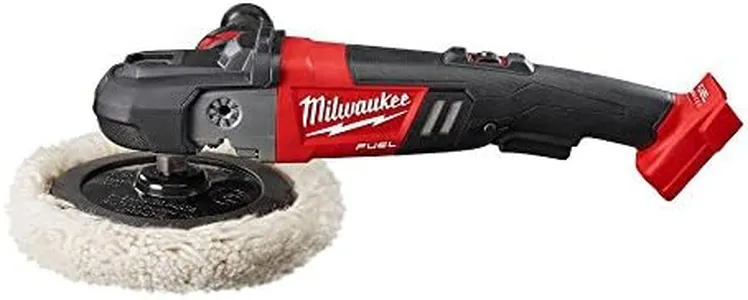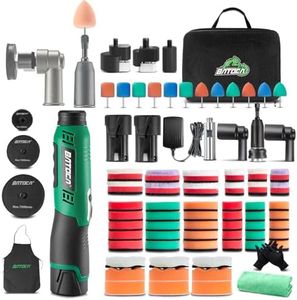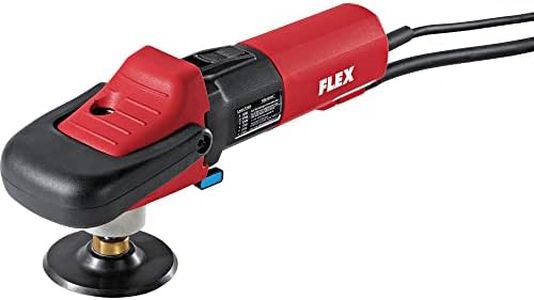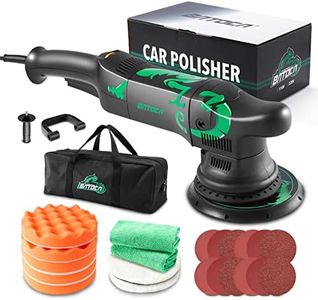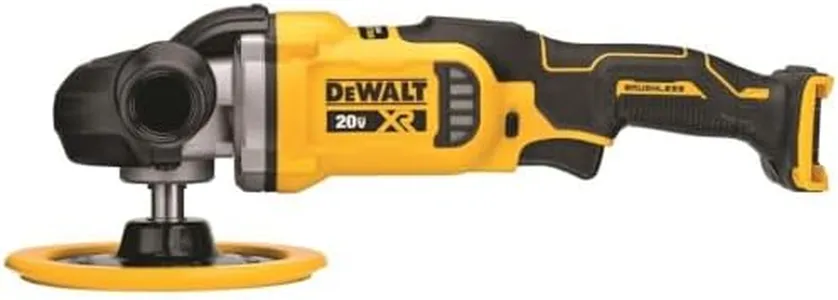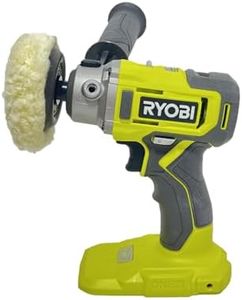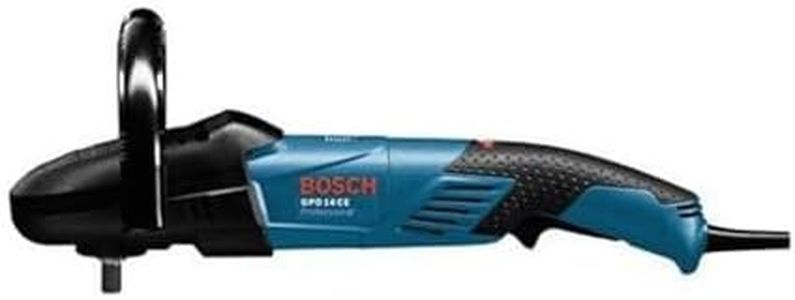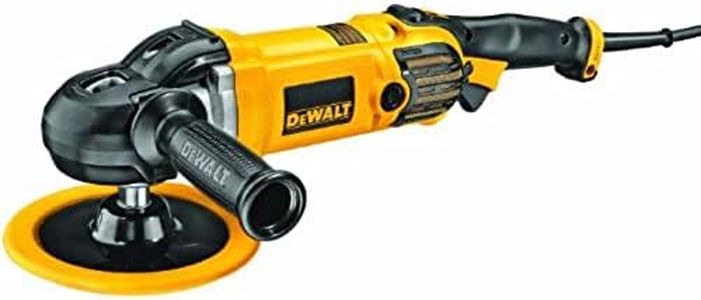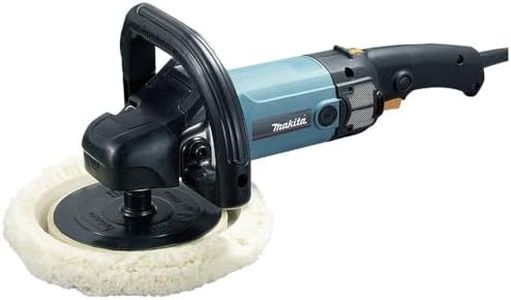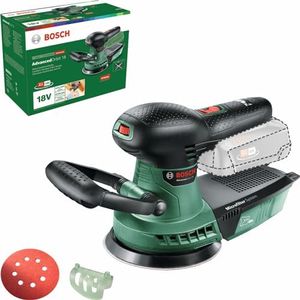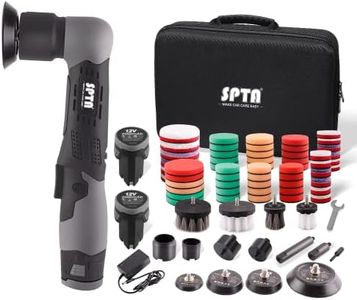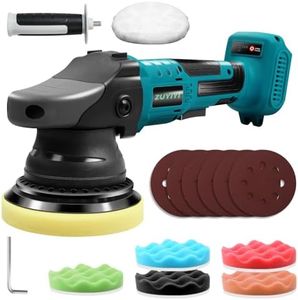We Use CookiesWe use cookies to enhance the security, performance,
functionality and for analytical and promotional activities. By continuing to browse this site you
are agreeing to our privacy policy
10 Best Buffers Polishers
From leading brands and best sellers available on the web.Buying Guide for the Best Buffers Polishers
Choosing the right buffer or polisher can make car detailing, woodworking, or even home cleaning much easier and more effective. The key is to understand how different features impact performance and comfort. Think about what you’ll be using the tool for most often: Do you want it for occasional home use, maintaining a car, or for more professional tasks? This will help you focus on features that matter most for your style of work and level of experience.Type (Rotary vs. Dual Action)The type of buffer or polisher refers to how the polishing pad moves. Rotary buffers spin in a single direction and are powerful for heavy scratch or paint defect removal, but they require skill to avoid damaging surfaces. Dual action (or random orbital) polishers have a head that spins and moves in an orbital motion, making them more forgiving and ideal for beginners or routine polishing tasks where safety and finish quality are more important than speed. If you’re new to polishing or working with delicate surfaces, a dual action polisher is best. If you need to correct heavy imperfections and have some experience, a rotary could suit you.
Power (Amperage or Wattage)Power is a measure of how much work the motor can do, often listed as amps or watts. Higher power helps the tool work efficiently on tougher jobs or larger areas, reducing the need to press down hard. For occasional home or light car polishing, lower power is usually plenty and is lighter to hold. For frequent or demanding use, you’ll appreciate a higher-powered model.
Speed Settings (RPM/OPM Range)The speed setting on a buffer/polisher is usually measured in revolutions per minute (RPM) for rotary models or orbits per minute (OPM) for dual action models. Variable speeds let you choose lower settings for waxing or final polishing and higher speeds for more aggressive work like scratch removal. A wide range of speed settings provides flexibility for a variety of jobs and surfaces. If you plan to handle multiple types of tasks, look for models with adjustable speeds.
Pad SizePad size describes the diameter of the polishing pad that attaches to the buffer. Smaller pads (around 3-5 inches) are great for detailed work, tricky areas, or small items, while larger pads (6-8 inches) can cover more ground quickly, making them ideal for big surfaces like car hoods or floors. Choose a pad size based on the size and shape of the items you will polish most.
Weight and ErgonomicsThe weight and ergonomics determine how comfortable the buffer will be to use, especially during longer jobs. Lighter and more ergonomically designed models cause less fatigue and are easier for beginners, while heavier tools might be better for stability on larger surfaces. If you’ll be using the polisher for long periods or in different positions, prioritize comfort and balance.
Noise and VibrationNoise and vibration can affect comfort and usability. Quieter, smoother-running models are preferable for home setting or longer sessions, reducing fatigue and making the experience more pleasant. If you are sensitive to noise or plan to use it frequently, look for models known for low vibration and quieter operation.
